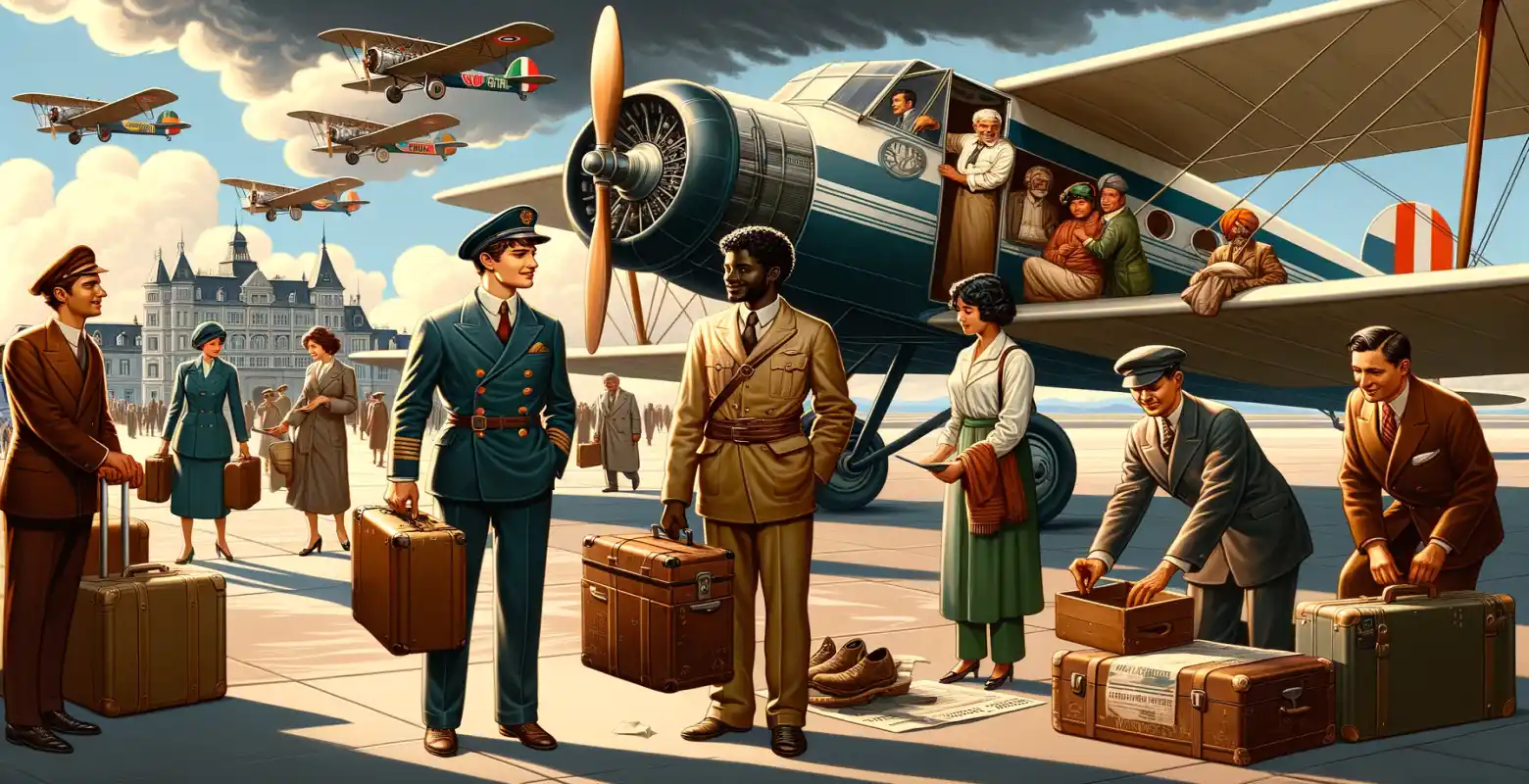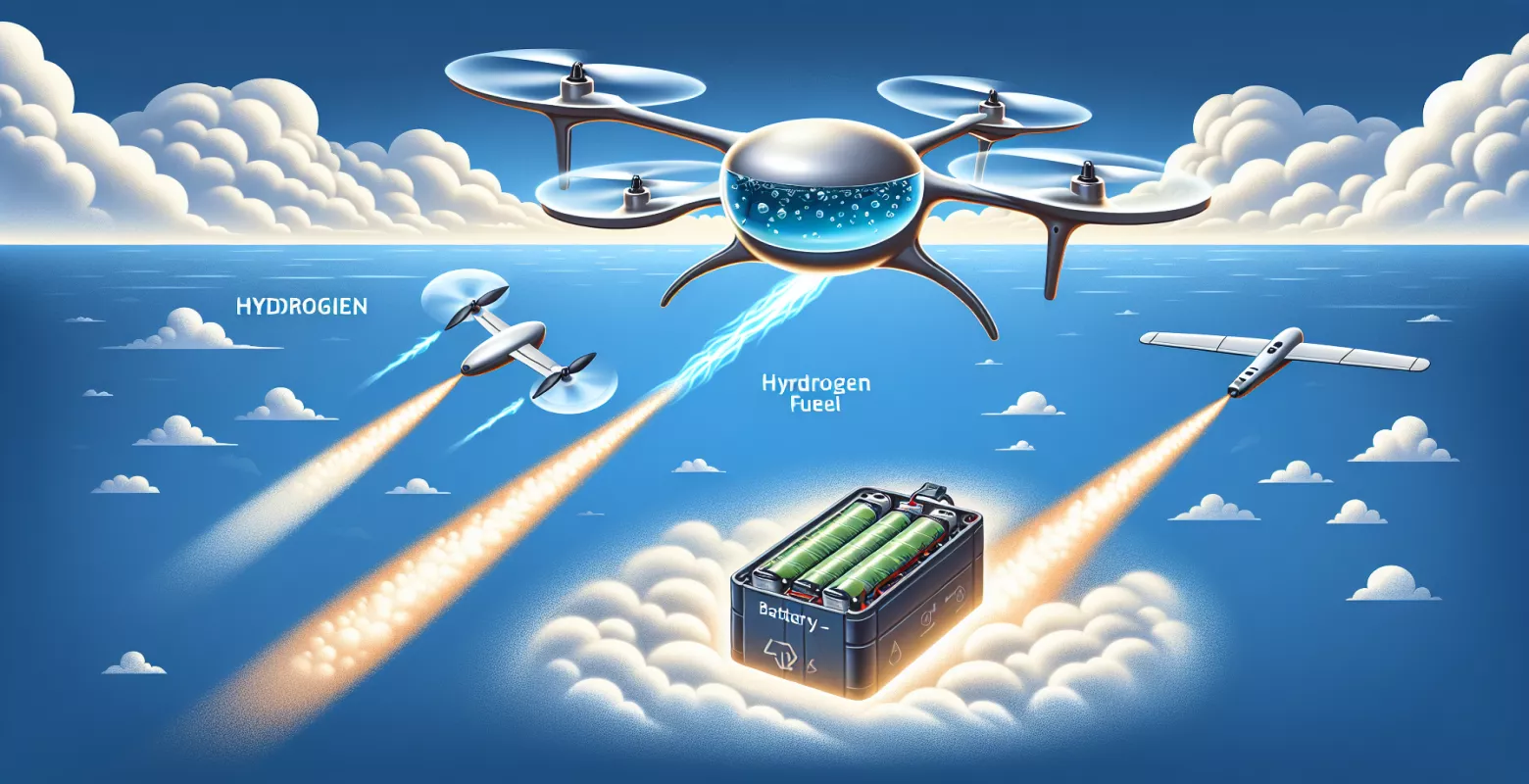History of the first commercial flights
Introduction
The history of aviation is a fascinating story of human determination, innovation, and the desire to conquer the skies. From the first attempts to take flight using hot air balloons to modern passenger planes that crisscross the world daily. One of the key moments in this development was the emergence of commercial flights, which revolutionized the way we travel, work, and spend our free time. In this article, we will explore the history of the first commercial flights, their impact on the world, and future trends in this rapidly evolving industry.
Beginnings of Commercial Aviation
The steps towards commercializing aviation began in the early 20th century. In 1914, an event took place that is considered the beginning of commercial flights – the first regular transport of passengers by airplane. On January 1, 1914, a plane piloted by Tony Jannus, on a route from St. Petersburg to Tampa in Florida, carried the first paying passenger. This flight, organized by the St. Petersburg-Tampa Airboat Line, lasted about 23 minutes, and the passenger was former St. Petersburg Mayor Abram C. Pheil. This was made possible by the Benoist XIV seaplane, which could land on water.
Although these flights were short and expensive, they marked a breakthrough showing the commercial potential of aviation. It is worth noting that during this period, aviation technology was still in its infancy, and flights were dependent on weather conditions and limited in range.
Technological and Infrastructure Development
Over the following years, the advancement of aviation technology progressed rapidly. Aircraft became more reliable, faster, and capable of carrying more passengers over longer distances. One important moment in aviation history was the first transatlantic passenger crossing in 1939 when the Boeing 314 Clipper, a Pan American World Airways plane, transported passengers from New York to Marseille in France with a stopover in Ireland.
Simultaneously, aviation infrastructure was developing. The first airports were established, capable of accommodating larger aircraft and increasing passenger traffic. In the 1930s, the first international airlines began to emerge, laying the foundation for a global network of air connections.
Impact of World War II
World War II had a significant impact on the development of aviation. Aviation technology advanced rapidly to meet wartime needs. After the conflict, many of these advancements were utilized in civilian aviation. Aircraft became faster, more efficient, and safer.
Moreover, after the war, there was a significant increase in interest in air travel. New technologies enabled flights over longer distances, contributing to the development of international tourism. During this time, new airlines were established, offering increasingly competitive prices, making air travel accessible to a broader segment of society.
Jet Age
The 1950s and 60s brought a revolution in commercial aviation with the introduction of jet aircraft. The first commercial jetliner was the de Havilland Comet, which began regular passenger flights in 1952. Jets allowed faster and more comfortable travel over long distances, changing the aviation landscape and opening up new possibilities for carriers and passengers.
The introduction of jets also led to shorter travel times and increased flight frequencies in response to the growing demand for air services. Airlines began investing in modern fleets to meet market demands and offer better travel experiences to their customers.
Contemporary Commercial Aviation
Today, commercial aviation is a key element of the global economy. Modern aircraft, such as the Boeing 787 Dreamliner and the Airbus A350, offer passengers top-level comfort while being more environmentally friendly due to the use of advanced technologies.
Simultaneously, the development of low-cost aviation has made air travel accessible to an even larger group of people. Airlines like Ryanair and easyJet have revolutionized the market by offering cheap tickets and simplified services, attracting many new passengers.
Challenges and Future of Commercial Aviation
Despite significant progress, commercial aviation faces many challenges. One of the most important is its impact on the environment. The increase in flight numbers contributes to higher CO2 emissions, sparking discussions on the sustainable development of the industry. In response to these challenges, many airlines are investing in the development of more environmentally friendly solutions, such as biofuels and electric aircraft.
Another challenge is flight safety. While aviation is currently one of the safest modes of transportation, incidents and accidents still occur. Therefore, new technologies and procedures are continually being developed to enhance passenger safety.
In the future, we can expect further advancements in aviation technology, including autonomous aircraft that could revolutionize the way we fly. The development of information technology and artificial intelligence may also improve the operational efficiency of airlines and optimize flight routes.
Summary
The history of the first commercial flights is a tale of innovations that have changed the world. From the first passenger flight in 1914, through the development of jetliners, to contemporary challenges and future technologies, commercial aviation continues to evolve, meeting the needs of passengers and the challenges of the modern world. It is worth following this fascinating development, which not only affects how we travel but also influences the global economy and our daily lives.
At the same time, it is important to focus on the sustainable development of this industry, caring for the environment and safety. Commercial aviation has many opportunities ahead that can contribute to further improving the quality of life for people worldwide.







Number of comments: 0